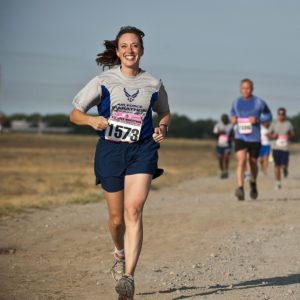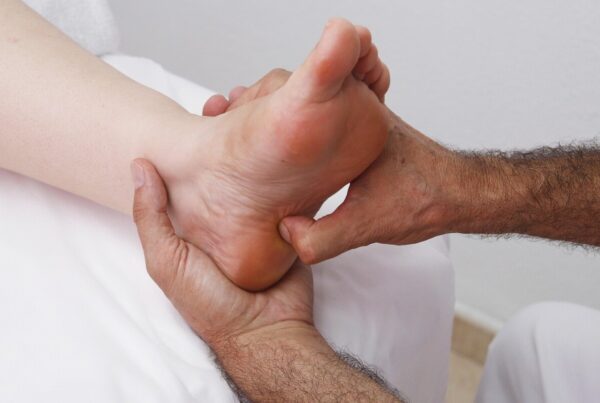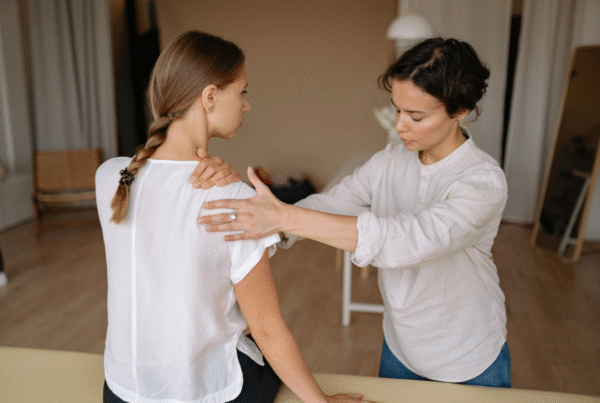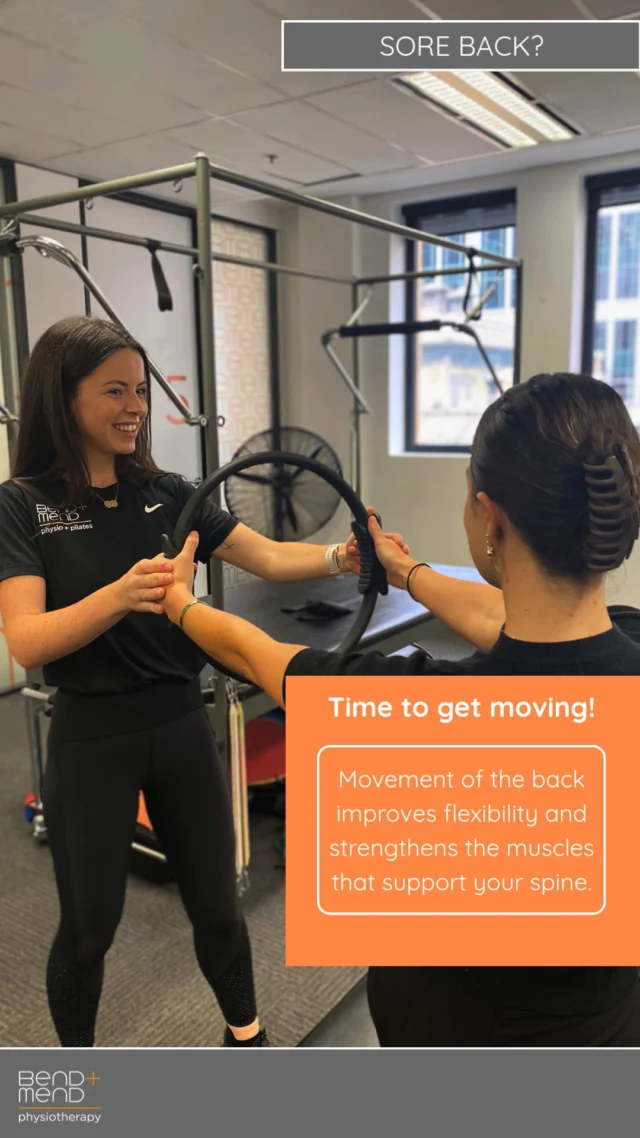In the previous blog on City2Surf post race recovery, we discussed the importance of preparing yourself as a form of prevention of DOMS, or Delayed Onset Muscle Soreness. DOMS is a pain response when the muscle tissue is exposed to an exercise intensity that it is unaccustomed to. In the previous blog, I discussed the importance of preparing your body for the increased exercise load. In the City2Surf, this load is 14km with a long incline, followed by a long decline. Therefore your training program must involve gradually exposing yourself to these exercise loads or you are at a high risk of developing DOMS. In this Blog, I will be discussing several techniques for post exercise recovery. These techniques are widely used, and you will see a lot of this at Bondi at the end of the race. They include Active Cool Down, Ice Bath/Cold Water Immersion and Massage.
Active Cool Down
Rather than completely stopping following the run it has been recommended that you cool down with active movement. An active cool down can be as simple as a brisk walk following the race. For the City2Surf it is often recommended, that you should attempt a 10 minute brisk walk. There are many proposed benefits from an active cool down, it is proposed that it increases blood flow to the muscles and skin. This increase in blood flow is said to reduce the accumulation of metabolic waste products associated with muscle soreness and may accelerate muscle repair and remodeling.
The hypothesis that an active cool down will reduce DOMS has been studied and has provided mixed results. A research review (1) in 2016 interestingly found that an active cool down is slightly more effective in reducing DOMS than a passive cool down. This slight benefit may be just enough to make this option worthwhile, additionally the benefit of an active cool down is the reduction of post exercise light headed feeling.
At the end of the day, this technique for post exercise recovery does have a place in your recovery plan, as it is cost and time effective.
Ice Bath/Cold Water Immersion
This technique is for the brave! The use of ice baths or cold water immersion sounds horrible and feels even worse. You will see plenty of people heading down to the water at Bondi thinking this will be an effective technique in improving recovery following the the run from Hyde Park. This is widely used in the athletic population following such events, and regularly seen in the team sporting environment as a critical part of recovery. Unfortunately just because it is widely used, doesn’t mean it widely effective. A systematic review in 2016 (2), suggests that cold water immersion is only slightly better than doing nothing at all in the management of muscle soreness at 6 hours post exercise, 24 hours and 48 hours. The duration of time immersed in the water also plays a role, with the optimal time of 11-15 minutes to provide the best results. Lastly temperature plays a significant role in this also, and the research supports temperatures between 11-15 degrees (2). Unfortunately the water at Bondi Beach at the moment is around 18-20 degrees, which will be too warm to provide any benefit. So if this is the method you’ll be wanting to trial, you’ll need ice, water and either a bath or blow up mini-pool to get closer to a temperature that may provide a benefit.
Massage
Massage is one of the most widely used techniques for recovery in athletes and weekend warriors alike. Anecdotally there is strong support for massage following strenuous exercise, fun runs and marathons. You will see multiple massage tables set up at the end of any fun runs, although interestingly this anecdotal support isn’t heavily reflected with strong empirical evidence. This has been thoroughly investigated because of the popularity and widespread use, and interestingly the results are also mixed. A Randomised Control Trial (RCT) published earlier this year (3), investigated the impact of massage on DOMS following a 10 km run. The study compared a 10 minute massage of the quadriceps with a sham (fake) joint mobilisation. Immediately following intervention, the massage group had a statistically significant reduction in pain compared to the sham group. This trend was similar for the 24, 48 and 72 hour follow up. Although this does sound impressive, the statistically significant reduction in pain was very slight. A systematic review in 2016, investigated the impact of massage on performance recovery (4). This review concluded that the effects of massage on performance recovery are rather small and partly unclear, but it can provide a slight improvement of pain in the short term following intensive mixed training. So the take home message from this is that massage may help a little bit in the short term i.e 24-48 hours, but if you’re unable to find a massage at the end of the race, its likely not the end of the world, as after 3-5 days there is minimal difference between massage vs non-massage groups in regards to DOMS.
Excitingly there will be three of Bend + Mends Brightest at the City2Surf finish Line, Blake, Campbell and Nick. They are offering up their Sunday to help you feel at your best at the end of the race. Feel free to stop by for a chat about how your race went, how your weekend has been or how you’re going to get home, as 100,000 people try to exit Bondi.
One of the most important factors in DOMS management is time. Luckily for you, a majority of DOMS symptoms completely resolve within 72 hours following onset. For the days following the race, try not to plan any activities that are overly strenuous, give yourself some time to recover, you deserve it, you finished the City2Surf. If your symptoms aren’t resolving within 72 hours, or are severely impacting your ability to function, then you may benefit from a review from one of the Physio’s at Bend + Mend.
1 Van Hooren, B., & Peake, J. M. (2018). Do we need a cool-down after exercise? A narrative review of the psychophysiological effects and the effects on performance, injuries and the long-term adaptive response. Sports Medicine, 48(7), 1575-1595.
2 Machado, A. F., Ferreira, P. H., Micheletti, J. K., de Almeida, A. C., Lemes, Í. R., Vanderlei, F. M., … & Pastre, C. M. (2016). Can water temperature and immersion time influence the effect of cold water immersion on muscle soreness? A systematic review and meta-analysis. Sports Medicine, 46(4), 503-514.
3 Bender, P. U., da Luz, C. M., Feldkircher, J. M., & Nunes, G. S. (2019). Massage therapy slightly decreased pain intensity after habitual running, but had no effect on fatigue, mood or physical performance: a randomised trial. Journal of physiotherapy, 65(2), 75-80.
4 Poppendieck, W., Wegmann, M., Ferrauti, A., Kellmann, M., Pfeiffer, M., & Meyer, T. (2016). Massage and performance recovery: a meta-analytical review. Sports medicine, 46(2), 183-204.






